Cooker is a kind of appliance used to prepare raw food into edible food by cooking, boiling, steaming or frying. It always includes kitchen stove, "Ding", "Li", "Zeng", "Yan", "Kuei" (a round basket of bamboo), "Fu" (like a caldron), "Jia" and so on. And people mainly use the kitchen stove to cook food.
By the time of the early Shang, bronze wine vessels and food containers began to appear. They matured further in the late Shang. For example, sets of food containers ("Ding", "Yan", "Li", "Kuei", and "Tou"), wine vessels ("Ku", "Chueh", "Chi", "Chia", Lei", "P'ou", "Tsun", and "You"), and water containers ("Yu" and "P'an") were commonly seen. These bronze wares were the most representative ritual objects in the system of rites.
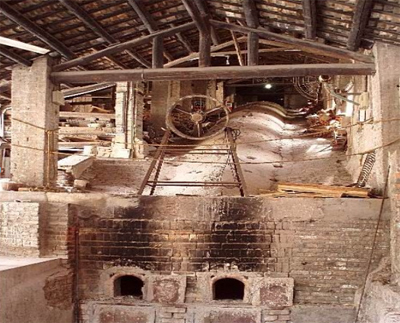
No. 1 Kitchen stove--The original form of a stove is a hole dug in the ground and people put other containers in the hole or hang them on the hole to cook food. This kind of stove was popular during the New Stone Age and then developed into immovable stoves made by earth or bricks. Now it is still widely used in vast rural areas. When it came into the Qin and Han dynasties, most cookers couldn't be used to cook food without stoves, so a stove became the heart of cooking.
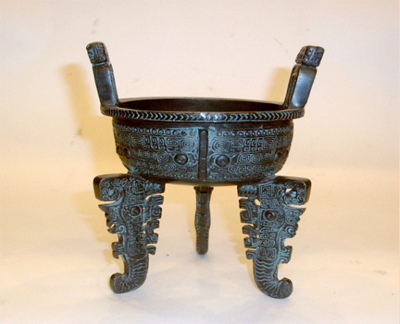
No. 2 Ding--In the New Stone Age, Ding was a round container made by china clay and was a mainly cooker at that time. Ding made by bronze was popular during Shang and Zhou Dynasties. The shapes of Ding are different. There are Dings of round shape with three feet and Dings of square shape with four feet. Also the name of Ding differs by their different functions, for example "Huo Ding" and "Sheng Ding" are mainly used to cook meat and make five kinds of flavors harmoniously. Ding made by bronze was mostly used in formal situation and then became the symbol of the power of a government. Ding made by china clay was used in common life. During the Qin and Han Dynasties, Ding was turned into grave-goods, which showed the status of the owner of the grave. After the Qin and Han Dynasties, Ding became censers and had nothing to do with cooking from then on.
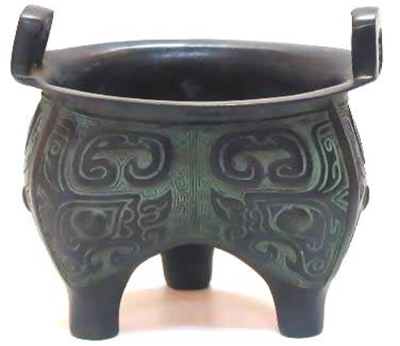
No. 3 "Li"--"Li" was invented in the late New Stone Age and gradually disappeared in the Warring States Period. Li, made from clay, was used for cooking while Li, made from bronze, was used for fete in the Xia, Shang and Zhou period.
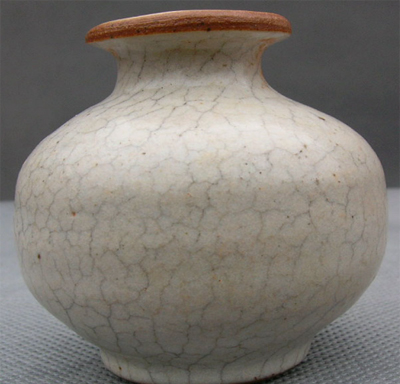
No. 4 "Zeng"--"Zeng" is a basin which has deep belly and holes on the bottom. It was used to steam rice. Since "Zeng" was invented in the late New Stone Age, and it lasted for quite a long time.
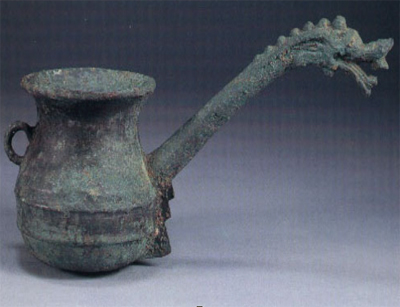
No. 5 "Fu"--Actually "Fu" is a kind of wok with round bottom. It was invented in the middle New Stone Age. When Fu was used on its own, it should be hung up and then people burn fires under it.
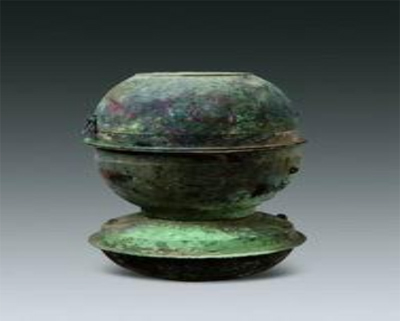
No. 6 "Yan"--Yan is a multiple cooker. The upside part of it is "Zeng" while the under-part of it is "Li" or "Fu". With this kind of structure, people can boil water or make a soup at the under-part while steam dry food at the upside part. "Yan" was invented in the late New Stone Age and gradually disappeared after the Eastern Han Dynasty.
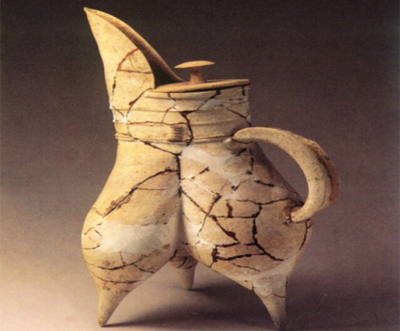
NO. 7 "Gui"--Lengthening the upside part of "Li" and adding a handle on one side. "Gui" was one of the most unique cookers in ancient China and was only popular in Dawenkou civilization and Shandong Long Shan civilization in the late New Stone Age.
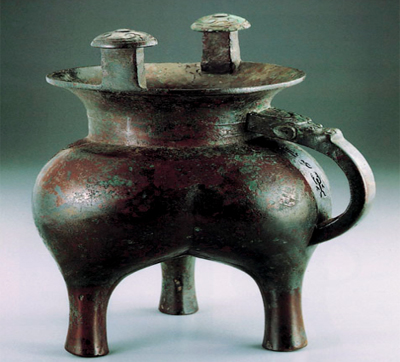
No. 8 "Jia"--The shape of "Jia" is like a "LI", but Jia's belly and feet could be distinguished easily. Jia made by China clay was invented in the late New Stone Age. Its feet were hollow. When it came into the Xia, Shang and Zhou period, its feet became solid and mostly were made from bronze.